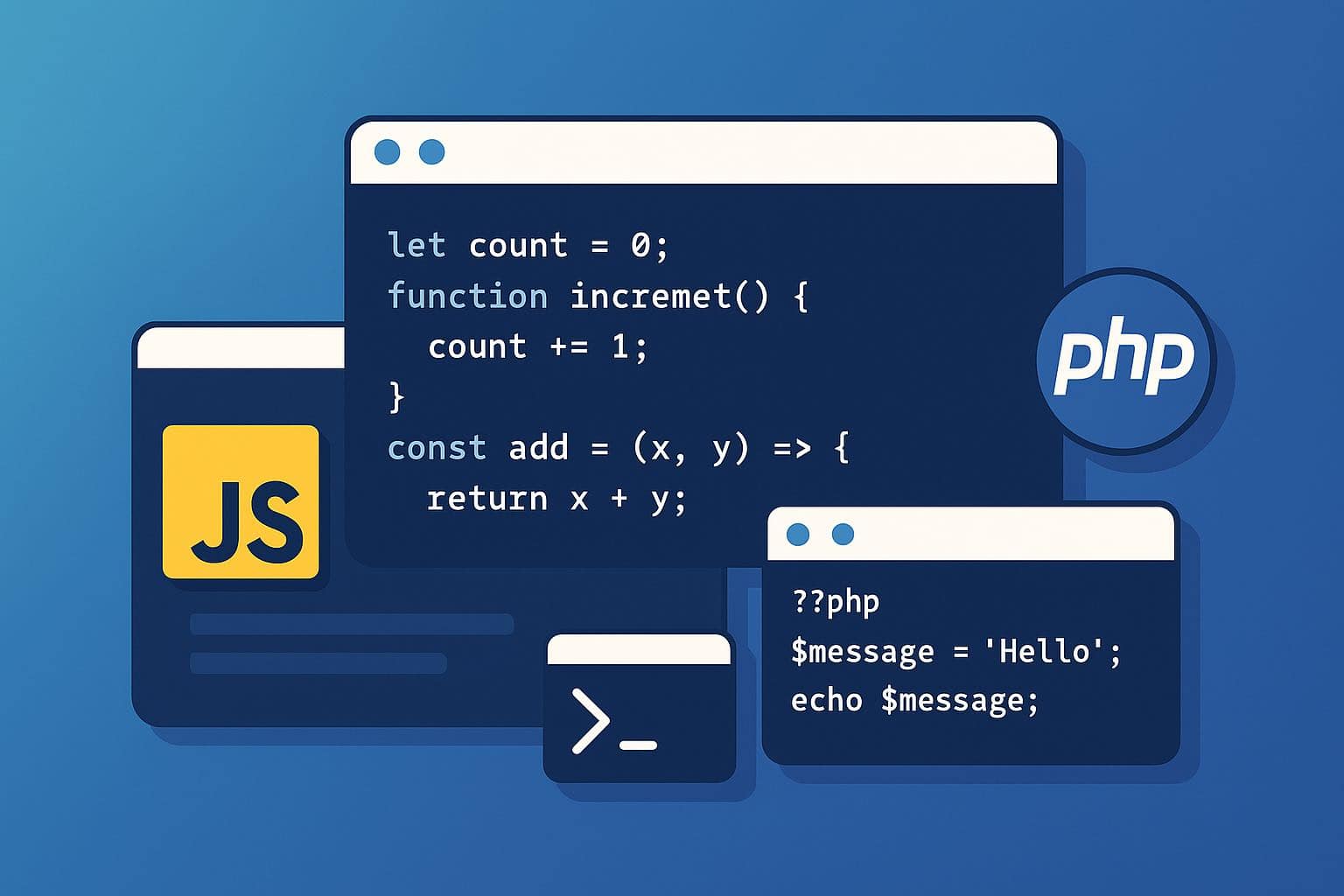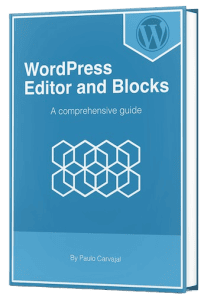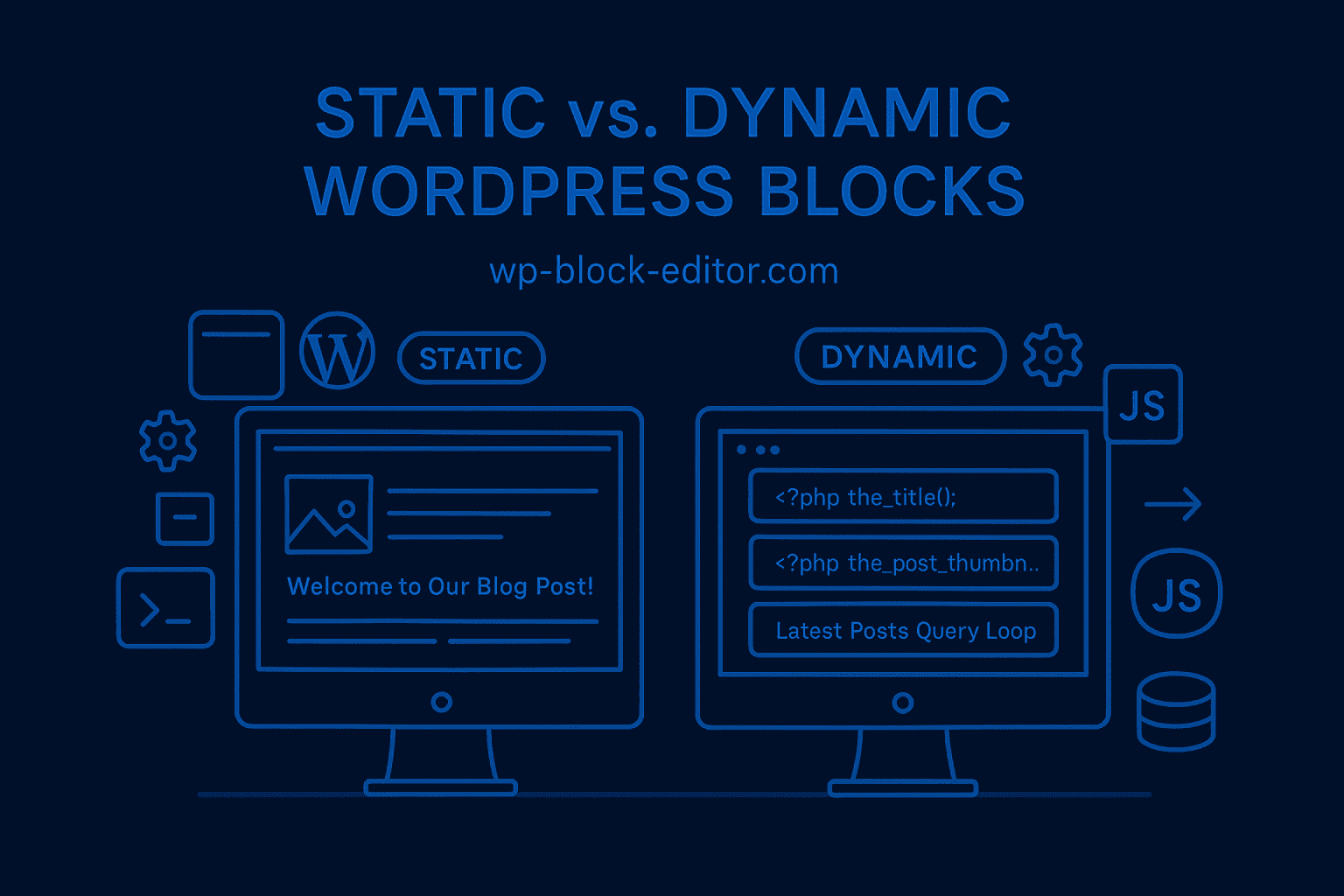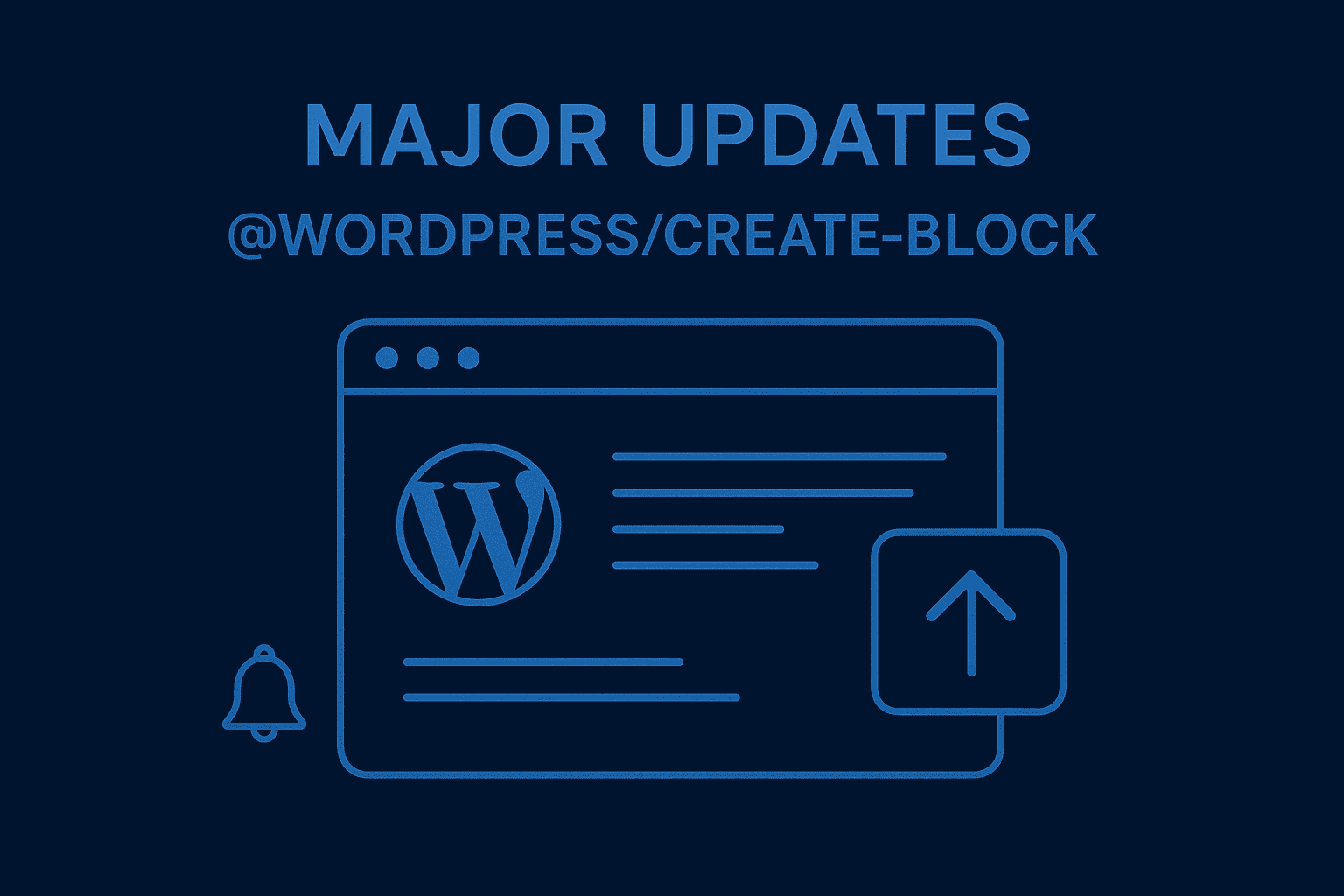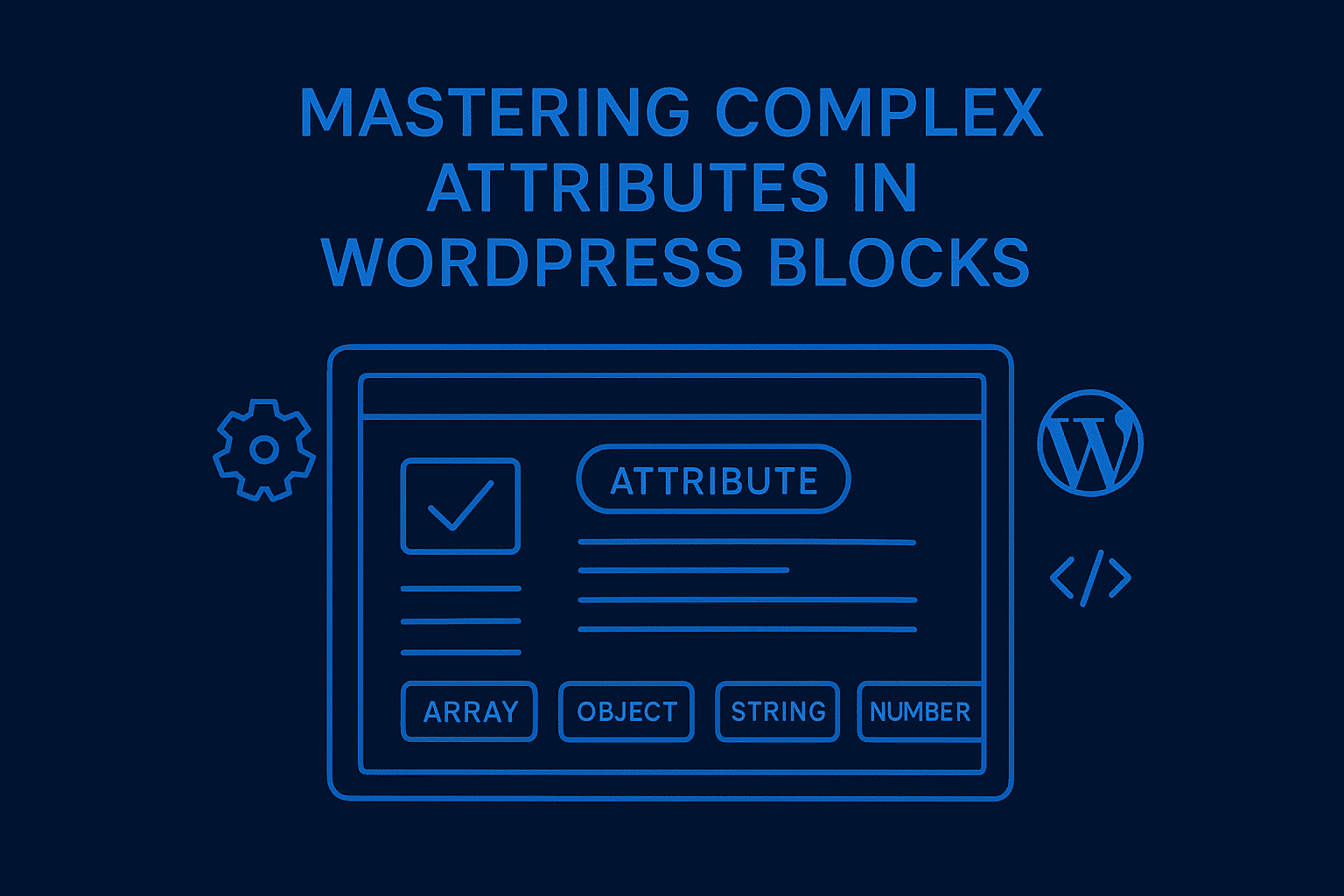Full Site Editing (FSE) is the overarching initiative that has fundamentally changed how WordPress themes and blocks interact. With the introduction of the Site Editor and Block Themes, custom blocks that worked perfectly in classic themes can break or look inconsistent in this new environment. Understanding the design philosophy and technical requirements of Block Themes is essential for creating blocks that enhance rather than fight the editing experience within the Site Editor.
The Block Theme Paradigm Shift
Block Themes treat everything as blocks, from site headers to individual content elements, all editable within the Site Editor. This creates opportunities for deeper integration but also new challenges. Your custom blocks must respect theme styling systems, respond appropriately to global style changes, and integrate with site-wide design tokens.
Traditional blocks often included heavy CSS specificity and hard-coded styling that override theme styles. Blocks designed for the Site Editor need to be more collaborative, accepting theme styling while maintaining their core functionality and visual identity.
Embracing Theme JSON Integration
theme.json defines the design system for Block Themes, including color palettes, typography scales, spacing units, and layout constraints. Blocks that integrate with theme.json feel native to the theme while maintaining their unique functionality.
// Block supports that integrate with theme.json
wp.blocks.registerBlockType('mytheme/content-card', {
supports: {
// Color controls for the block
color: {
background: true, // Allows setting the block's background color
text: true, // Allows setting the block's text color
gradients: true, // Enables gradient background options
link: true // Allows controlling the color of links within the block
},
// Typography controls for the block's text
typography: {
fontSize: true, // Allows adjusting the font size
lineHeight: true, // Controls the spacing between lines of text
textDecoration: true, // Enables text decoration options like underline or strikethrough
textTransform: true, // Allows changing text to uppercase, lowercase, or capitalized
letterSpacing: true, // Controls the spacing between individual characters
fontFamily: true, // Allows selection of font families defined by the theme
fontStyle: true, // Enables italic or normal font styles
fontWeight: true // Allows adjusting the text's boldness
},
// Spacing controls for the block
spacing: {
padding: true, // Controls the inner spacing (padding) around the block's content
margin: true, // Controls the outer spacing (margin) around the block
blockGap: true // Manages the spacing between inner blocks if this block contains others
},
// Layout controls for the block
layout: {
contentSize: true, // Allows setting a custom content width for the block
wideSize: true // Allows setting a custom wide width for the block
},
// Alignment controls for the block itself
align: true, // Enables alignment options like 'left', 'center', 'right', 'wide', and 'full'
// Alignment controls for content *within* the block (if it's a container)
alignContent: true, // Controls how inner blocks are aligned within this block's content area
// Dimension controls for the block's size
dimensions: {
minHeight: true, // Allows setting a minimum height for the block
maxHeight: true, // Allows setting a maximum height for the block
aspectRatio: true // Enables maintaining a fixed width-to-height ratio for the block
},
// Positioning controls for the block
position: {
sticky: true // Allows the block to "stick" to the viewport while scrolling
},
// Border controls for the block
border: {
color: true, // Controls the border color
radius: true, // Controls the border's roundedness
width: true // Controls the border's thickness
},
// Shadow controls for the block
shadow: true, // Enables adding a box shadow effect to the block
// Controls user interaction with the block within templates
lock: true // Allows restricting users from moving or removing the block in the editor
}
});
Code language: JavaScript (javascript)WP 6.8+ Tip: For dynamic blocks needing JavaScript, use WordPress’ Interactivity API instead of custom React components. This ensures compatibility with block themes and reduces hydration errors.
Responsive Design in Block Theme Context
Block Themes implement sophisticated responsive design systems through theme.json and block styles. Your blocks should leverage these systems rather than implementing competing responsive solutions.
Use CSS custom properties and logical layout methods that work with theme-defined breakpoints and spacing scales. This ensures your blocks feel integrated with the overall theme design rather than standing out as foreign elements.
Managing Block Styling
Blocks for the Site Editor need careful balance between providing necessary styling and allowing theme customization. Use CSS custom properties for values that themes might want to override, while maintaining essential structural styles that define your block’s functionality.
Consider implementing multiple style variations that work well with different theme aesthetics. This gives users flexibility while ensuring your block maintains its intended functionality across different visual contexts.
Modern Approach: Register style variations via
block.json‘sstylesproperty:JSON
"styles": [ { "name": "minimal", "label": "Minimal" }, { "name": "outline", "label": "Outline" } ]Code language: JavaScript (javascript)
Global Styles Integration
The Site Editor‘s global styles system allows users to customize typography, colors, and spacing across all blocks. Your custom blocks should respect these global settings while providing additional customization options where appropriate.
Test your blocks with various global style configurations to ensure they maintain readability and functionality. Pay particular attention to color contrast, typography scaling, and spacing relationships that might break with extreme customizations.
Block Patterns and Block Themes
Block Themes heavily rely on block patterns for layout and design consistency. Design your blocks to work well within patterns and consider creating complementary patterns that showcase your blocks’ capabilities.
Patterns in Block Themes often use your blocks alongside core blocks, so ensure visual consistency and proper spacing relationships. Your blocks should enhance pattern designs rather than disrupting the overall composition.
Template and Template Part Integration
Some custom blocks work better when integrated with specific templates or template parts editable within the Site Editor. Consider how your blocks might be used in headers, footers, or archive layouts, and design appropriate interfaces for these contexts.
Blocks used in template parts should be especially mindful of performance and loading behavior, as they may appear on every page of a site.
Testing Across Block Themes
Block Themes vary significantly in their implementation of theme.json and global styles. Test your blocks across multiple popular Block Themes to identify compatibility issues and opportunities for better integration.
Test against WordPress 6.8.2+: Verify compatibility with Fluid Typography, enhanced aspect-ratio controls, and updated spacing presets. Your blocks should degrade gracefully even in poorly implemented theme environments.
Pay attention to edge cases like themes with unusual color palettes, extreme typography scales, or non-standard spacing systems.
Performance in Block Theme Context
Sites built with Block Themes can include many more blocks per page than traditional themes, making performance optimization crucial. Minimize CSS output, optimize JavaScript loading, and consider how your blocks interact with other blocks on complex pages.
Prioritize partial hydration for interactive blocks using the Interactivity API (WP 6.5+ standard).
Use WordPress’s block supports API to leverage core styling systems rather than implementing duplicate functionality. This reduces code bloat and ensures consistency with platform standards.
Future-Proofing for Block Theme Evolution
The Site Editor and Block Themes continue evolving rapidly, with new capabilities and standards emerging regularly. Design your blocks with flexibility in mind, avoiding hard dependencies on current implementations that might change.
Leverage Block Bindings (WP 6.5+): Connect custom block attributes to dynamic sources without custom PHP:
JSON
"bindings": { "title": { "source": "core/post-meta", "args": { "key": "custom_title" } } }Code language: JavaScript (javascript)
Stay informed about WordPress core development and Site Editor roadmap items that might affect block development. Also participate in the community discussions around these standards and best practices to keep your blocks aligned with platform evolution.
